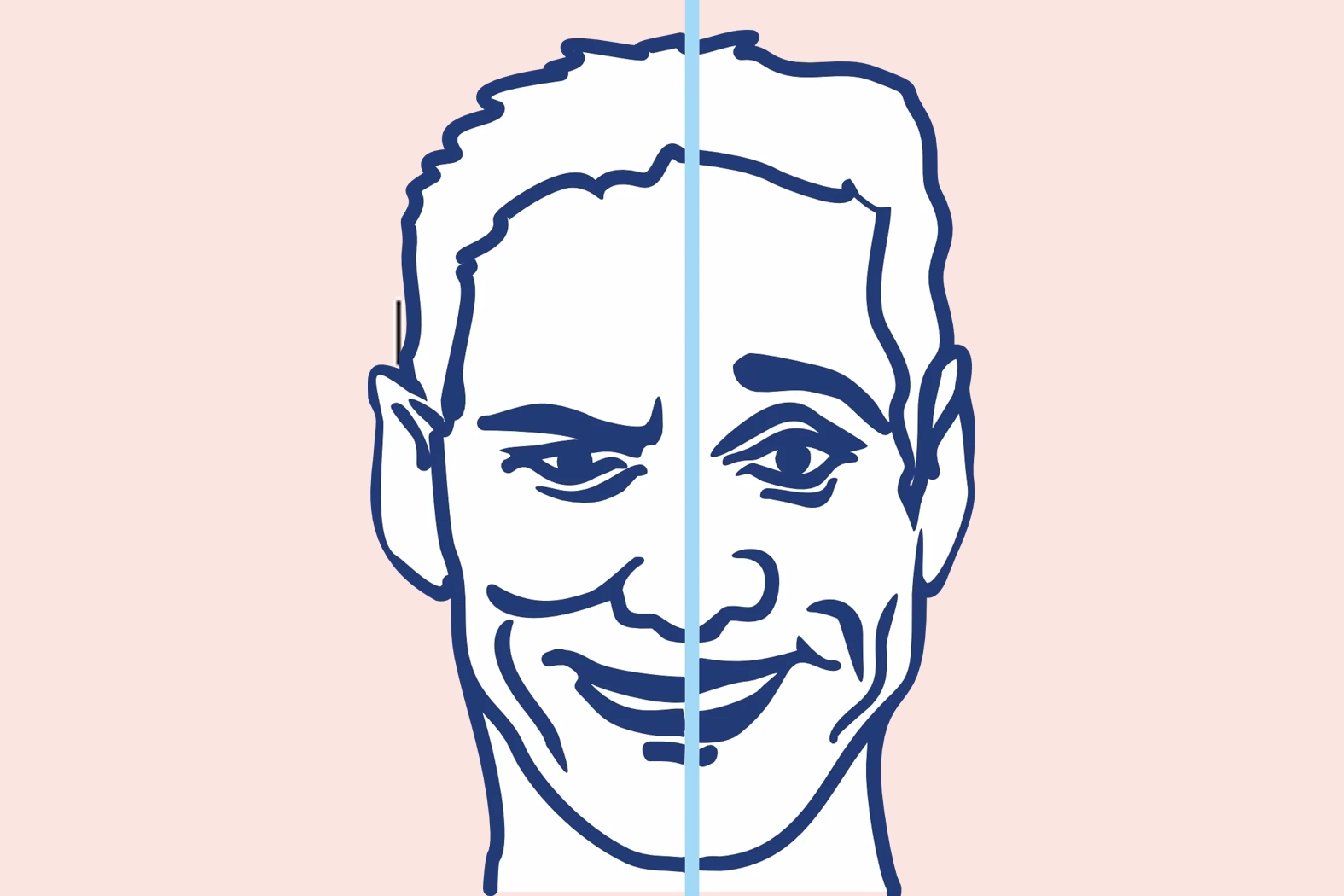To provide services at the highest level, we use cookies. Using the website requires you to choose settings related to their storage on your device. If you want to know what each type of cookie is used for, click the Details button below.
Multiple personality – facts and myths30 października 2024 |

Dissociative Identity Disorder, also known as DID, is a mental disorder characterized by the presence of two or more distinct identities or personality states that alternately take control of a person?s behavior. These identities can vary in names, character traits, memories, and behaviors. People with DID often experience memory gaps when one identity is in control, leaving events and experiences inaccessible to other identities. It?s important not to confuse DID with "split personality."
A person with Dissociative Identity Disorder may suddenly change the way they speak, behave, gesture, or carry themselves depending on the active identity. Sudden mood shifts and changes in personality traits may also occur. Additionally, individuals with DID often struggle with memory issues, having difficulty recalling events that happened while a different identity was in control.
In a way, yes. A person with DID may have three or more distinct identities. Some cases even describe a dozen or more personalities that play different roles in the individual?s life.
No, schizophrenia and Dissociative Identity Disorder are two distinct disorders. Schizophrenia is characterized by disorganized thinking, hallucinations, delusions, and disorganized speech and behavior, whereas DID involves the coexistence of different identities within a single body. While the two are often confused, they differ in causes and symptoms.
Personality fragmentation is the process in which a person?s psyche divides into separate identities. This is a defense mechanism in response to extreme stress or trauma, often experienced in early childhood. This division allows the person to avoid psychological pain by creating distinct identities to carry traumatic memories and experiences.